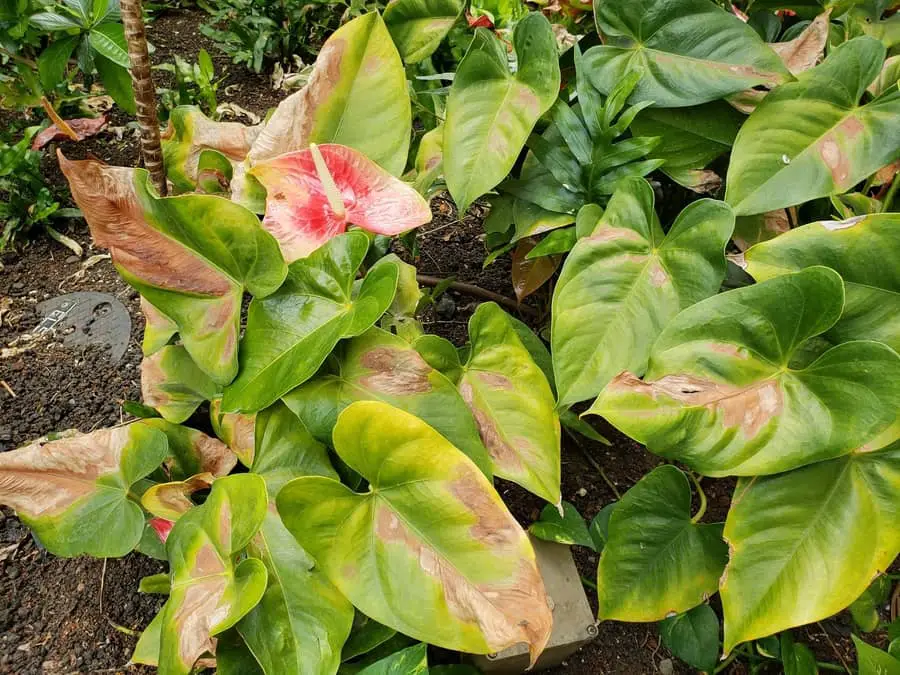
Why Anthurium Leaves Have Brown Spots & What to Do About It
Anthurium plants may be affected by aphids, brown scales, thrips, and white mealybugs. Treat by shooting pests off leaves with water or scrubbing lightly with a gentle brush and horticultural soap. Prevent pest infestations by never letting Anthurium plants sit in water. Too-wet conditions may also lead to bacterial blight.

13 Common Anthurium Plant Problems The Practical Planter
Diseases, along with pests, are the causes of the most common anthurium plant problems. As an anthurium enthusiast, I know firsthand the joy these stunning tropical plants can bring into a home. But like all living things, anthuriums can fall victim to various diseases threatening their health.

Indoor Gardening and Houseplants anthurium leaf problem, 1 by srkrause
Anthurium plants are prone to bacterial and fungal diseases, with the most common being Phytophthora, root rot caused by Rhizoctonia, bacterial blight, and Pythium.

Anthurium Plant Problems, Diseases & Pests (Solved) in 2022 Plant problems, Anthurium plant
Solutions To prevent yellow leaves on an Anthurium plant, you can take the following steps: Water the plant correctly: Anthuriums require well-draining soil, and the soil should be allowed to dry out slightly between waterings. Check the soil moisture level before watering.
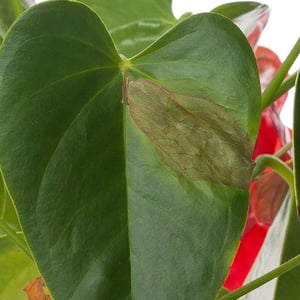
Why Does My Anthurium Have Brown Leaves?
1 - Bacterial Blight Look out for yellowing and water-soaked lesions along the periphery of your Anthurium's leaves that spread rapidly. These are tell-tale signs of bacterial blight. Bacterial blight starts as small discoloration spots that eventually increase in size. A yellow ring surrounds the irregular areas, and the center turns brown.

Anthurium blight Read cms.ctahr.hawaii.edu/anthuriumbligh… Flickr
Introduction As popular indoor plants, Anthuriums (aka Flamingo Flowers) are also increasingly popular as houseplants. Their large, tropical leaves and vivid colors make them stand out in any room. Unfortunately, Anthuriums are susceptible to pests and diseases if they're not cared for properly.

Anthurium Leaves Turning Yellow? Here's The QUICK Solution! YouTube
When it's been growing vigorously and then begins to wilt, your Anthurium houseplant is trying to tell you something.. Whether you're tending an A. andraeanum or A. scherzerianum with its colorful, heart-shaped spathes, or a species like A. clarinervium or A. crystallinum, grown for its lovely foliage with contrasting veins, the droop is most likely a hint that your plant needs a change.
What’s wrong with my Anthurium? r/plantclinic
Suffering from too much or too little sun? We'll go over some frequent problems in Anthuriums and explain how you can correct them. What's wrong with your Anthurium? The single most common mistake Anthurium owners make is letting the pot get too damp, either by overwatering or using soil with poor drainage.
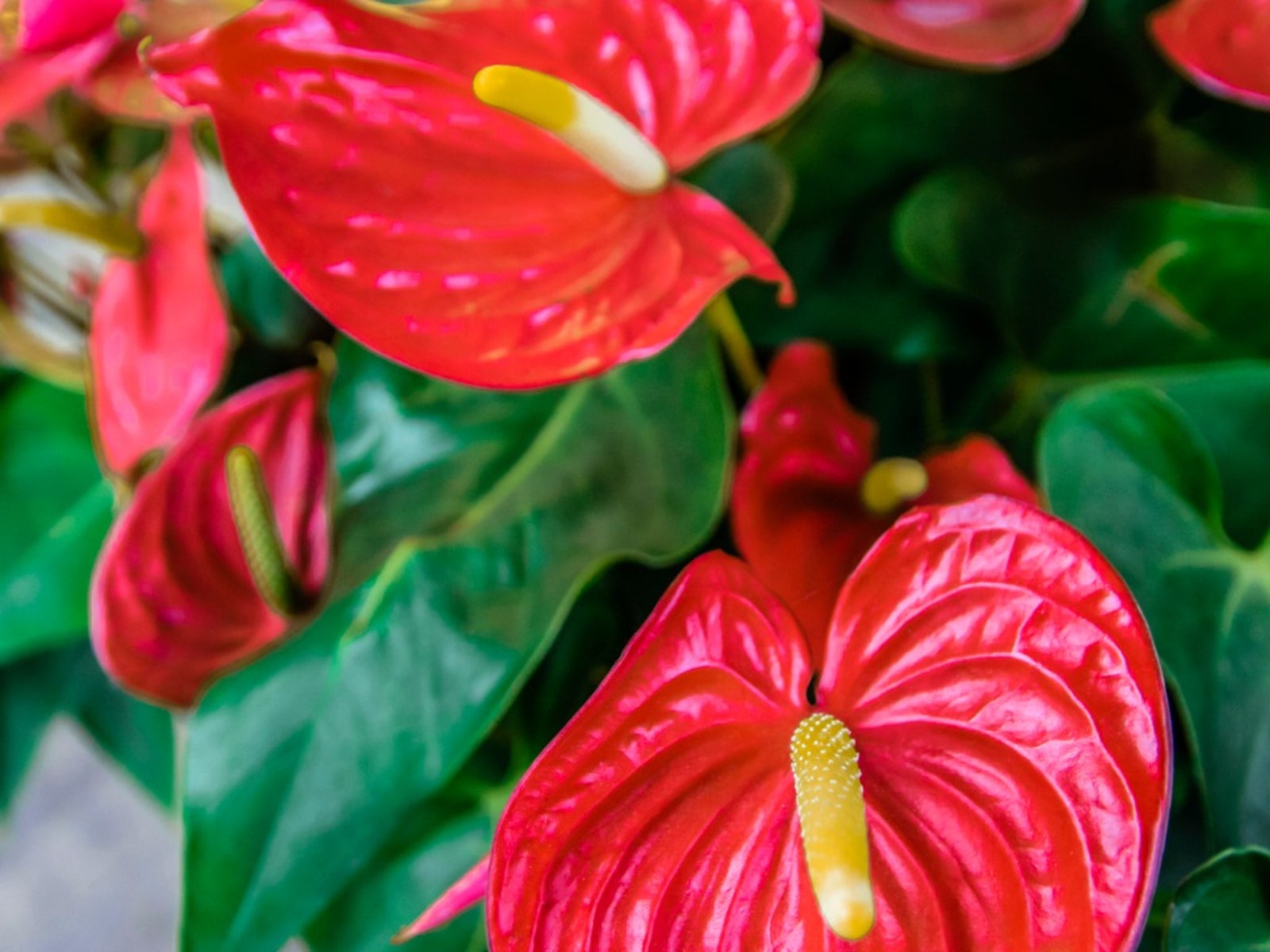
Anthurium Plant Drooping What To Do For A Droopy Anthurium
Anthurium is very susceptible to bacterial and fungal diseases that can seriously limit commercial production. Bacterial blight caused by Xanthomonas is probably the most serious. Root rots caused by Rhizoctonia, Pythium, and Phytophthora also occur in Anthurium production.
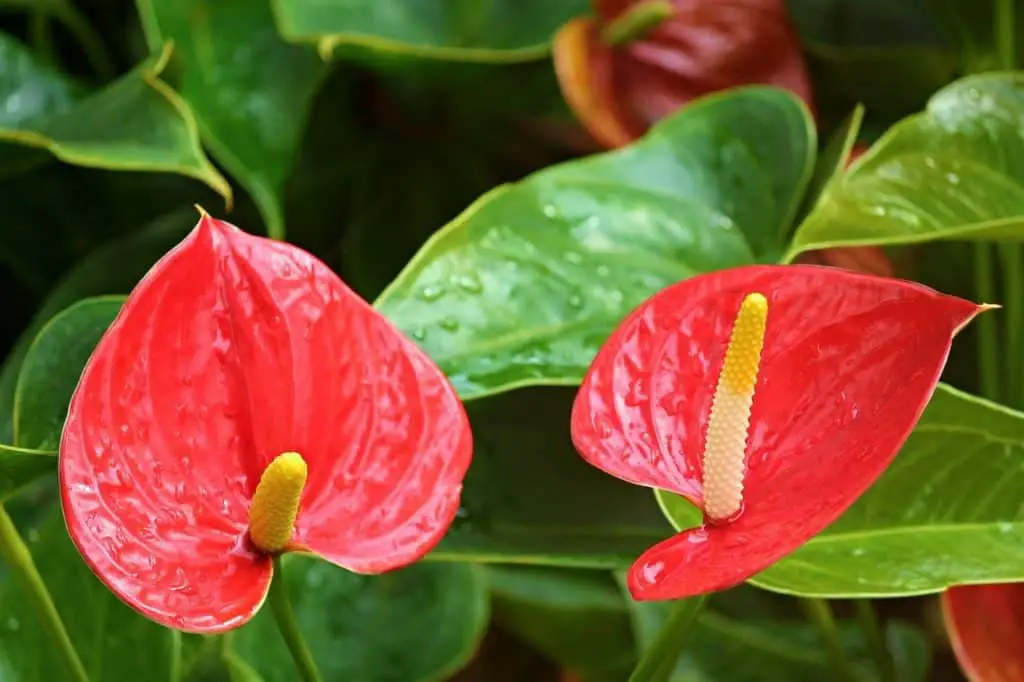
How to Solve Anthurium Leaf Problems? A Full Help Guide
Common Issues FAQ Anthurium is a genus of around 1,000 perennial plants native to Central America, northern South America, and the Caribbean. While they can be grown outdoors in the garden in warm climates, anthuriums are good indoor plants and are more often grown as houseplants or in greenhouses since they have particular care needs.
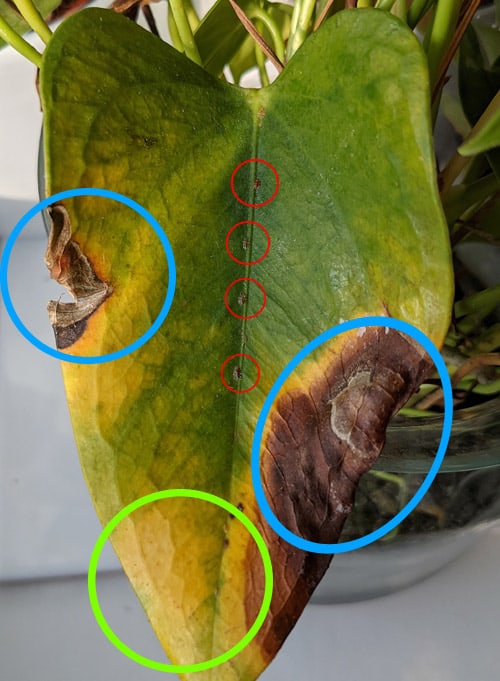
Anthurium Guide Our House Plants
By: Daniel Last updated: November 26, 2022 Sharing is caring! Anthuriums are flowering plants indigenous to America. They are well-known for their vibrantly colored flowers, which aren't actually flowers but are modified waxy leaves. The more indirect sunlight this house plant is placed in, the more blooms it can generate.
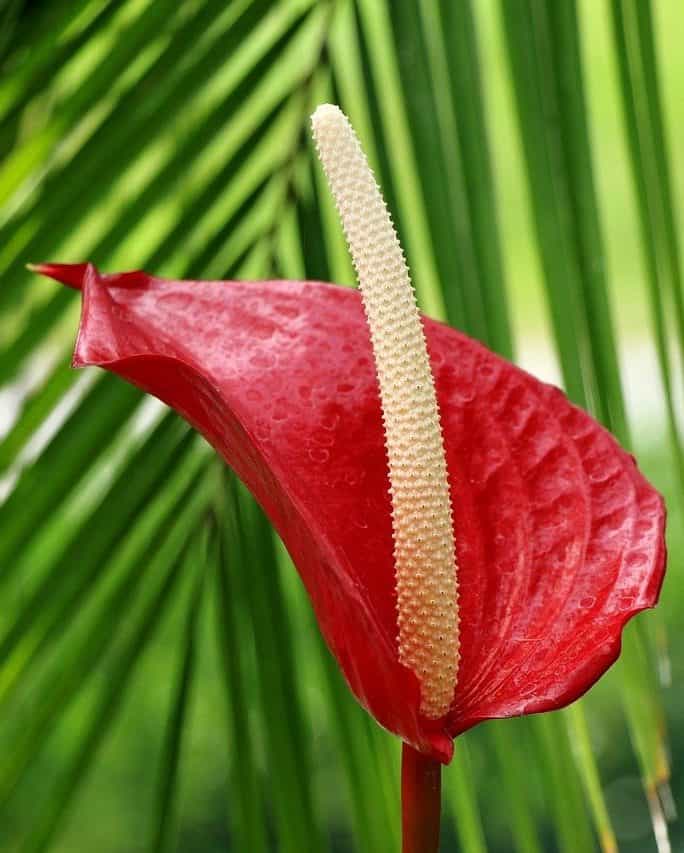
How to Solve Anthurium Leaf Problems? A Full Help Guide
4. Sunburnt leaves. With too much sun, your anthurium can get sunburned. It's best to keep your plant in a bright room, but avoid placing it in direct sunlight. If you notice your plant may be getting too much sun, move it to a better location immediately. 5. Low temperature and humidity.

Leaves Diseases of Anthurium. Leaves Have Brown Spots and Dry. Leaf Blight or Leaf Spot. Indoor
In this article, we will discuss some common Anthurium plant diseases, how to identify them, and the best ways to treat them. Common Anthurium Plant Diseases 1. Anthracnose. Anthracnose is a fungal disease that affects Anthurium plants, causing brown or black spots on the leaves. It is caused by excessive moisture from overwatering or high.
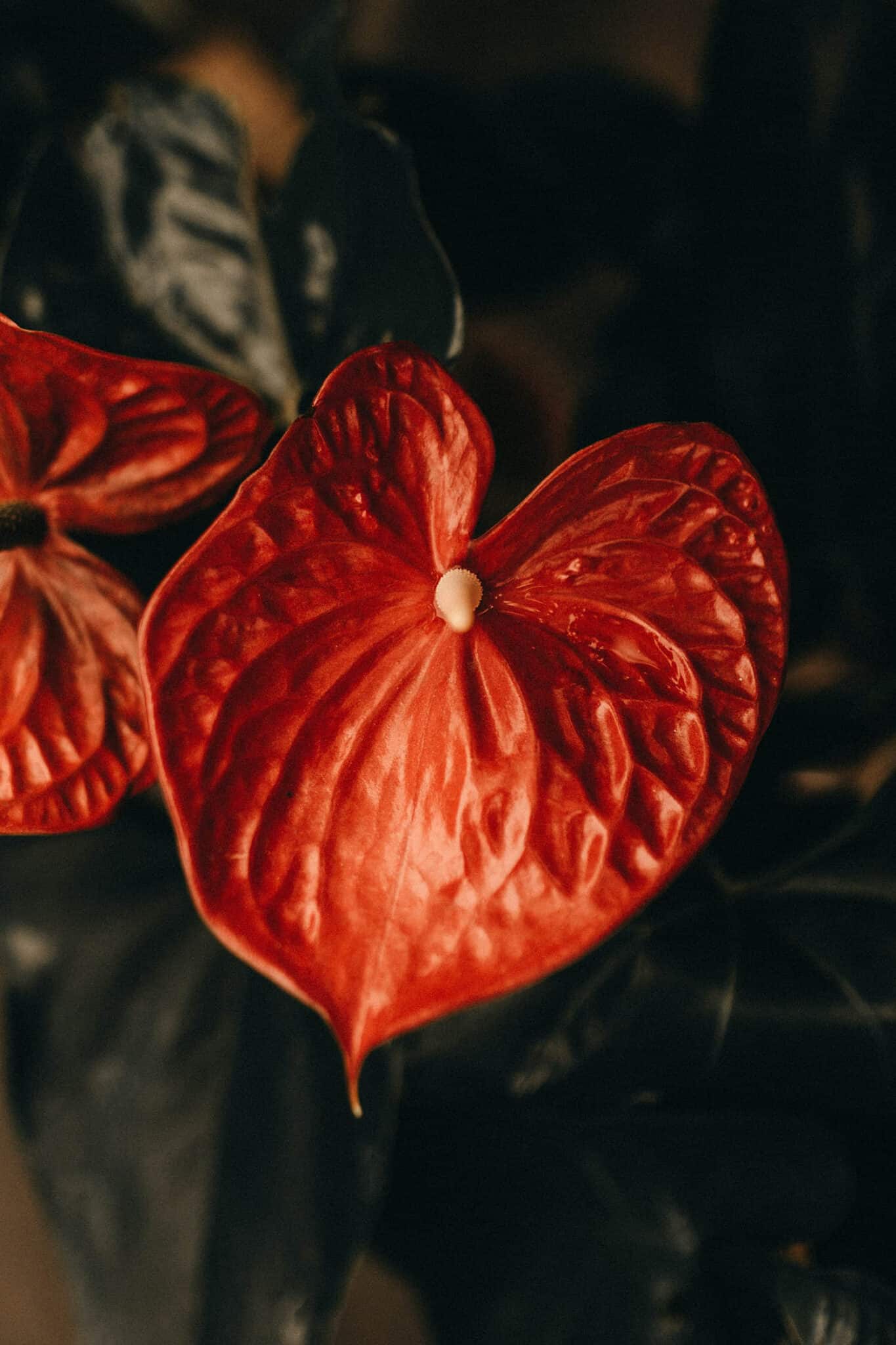
Is My Anthurium Dying? The Most Common Issues Affecting Anthuriums The Healthy Houseplant
Anthurium is a beautiful and popular flowering plant, but it can be susceptible to a number of problems. Common anthurium problems include fungal diseases, insect pests, and environmental stressors. If not addressed properly, these issues can cause serious damage to the plant and lead to its death. To prevent anthurium problems, it is important to keep the plant in ideal growing conditions and.
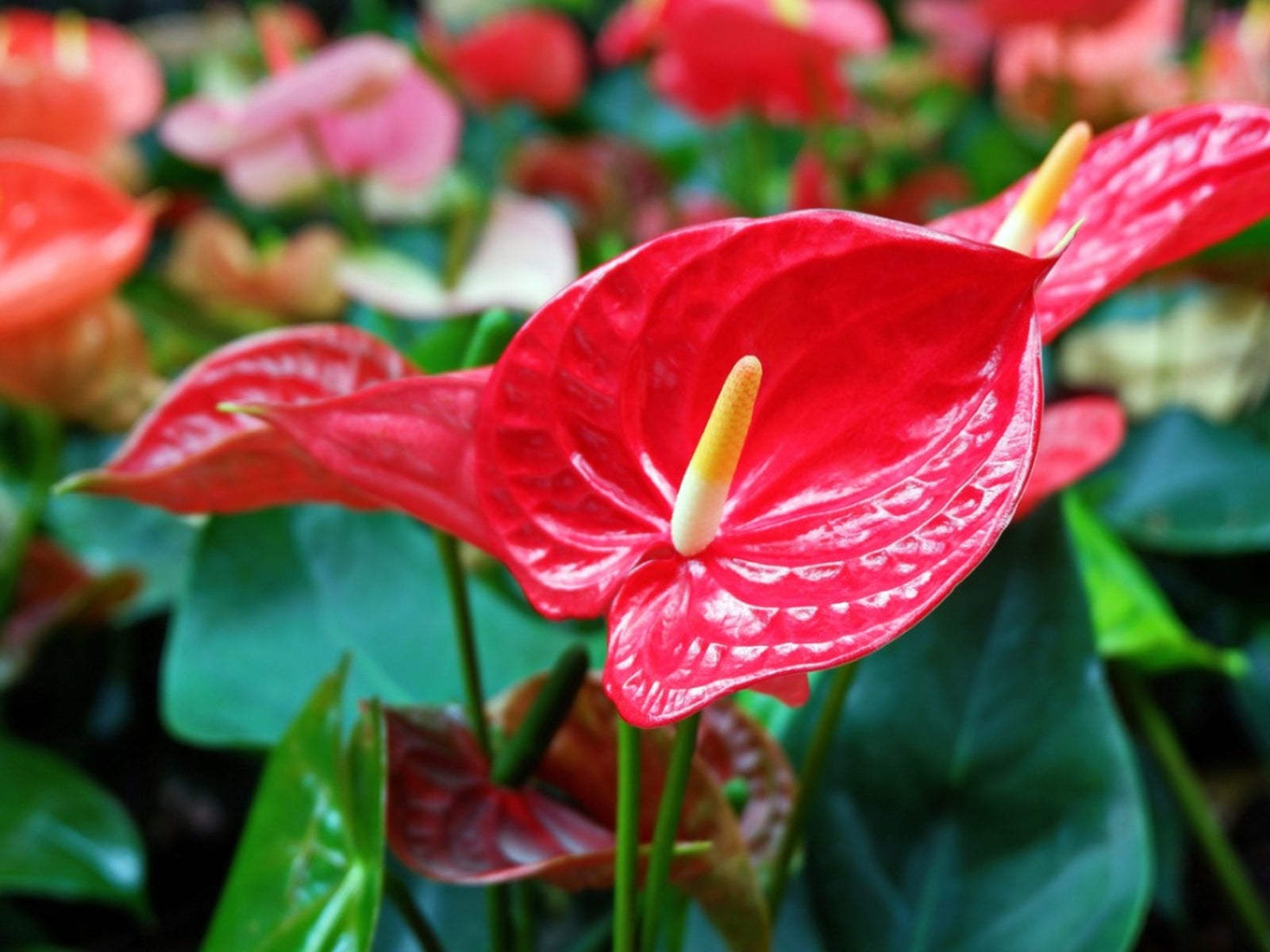
Insect Pests Of Anthurium Learn About Anthurium Pest Control
The main problems with anthuriums leaves are that they curl, droop, turn brown, turn yellow, split and develop holes. These problems are caused by underwatering, pest infestations, low humidity, overfertilization, inadequate light, fungal attacks, aging and mechanical damage. Get Your Anthurium Plant Here!
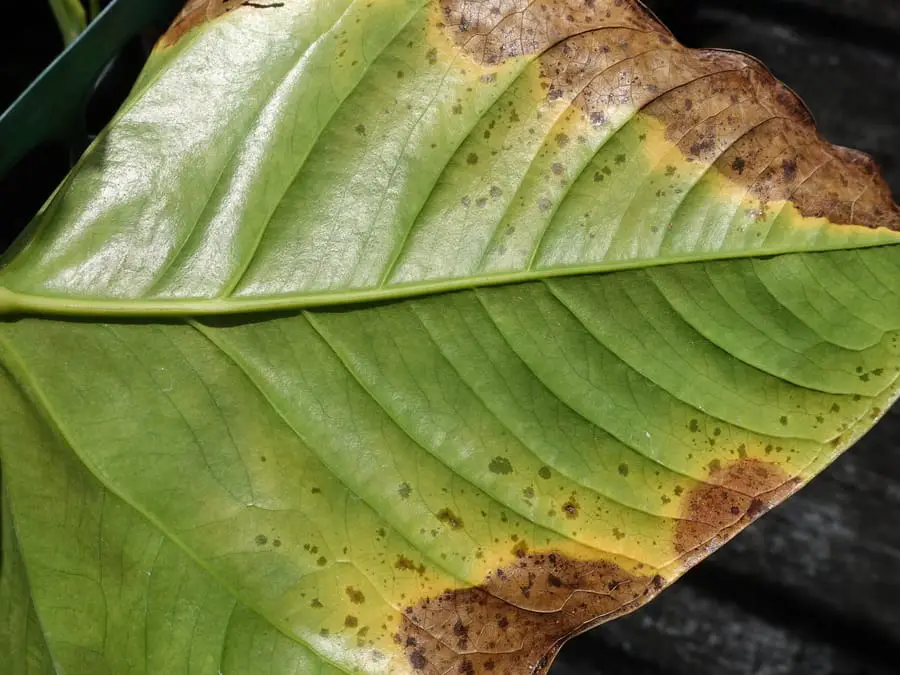
Why Anthurium Leaves Have Brown Spots & What to Do About It
How to grow flamingo flower Anthuriums are native to tropical rainforests, so this gives plenty of clues about their care - they thrive in a warm, bright room with plenty of humidity, such as a bathroom or conservatory. Mist your plant regularly, or place on a tray of moist pebbles. Water whenever the top few centimetres of compost feel dry.